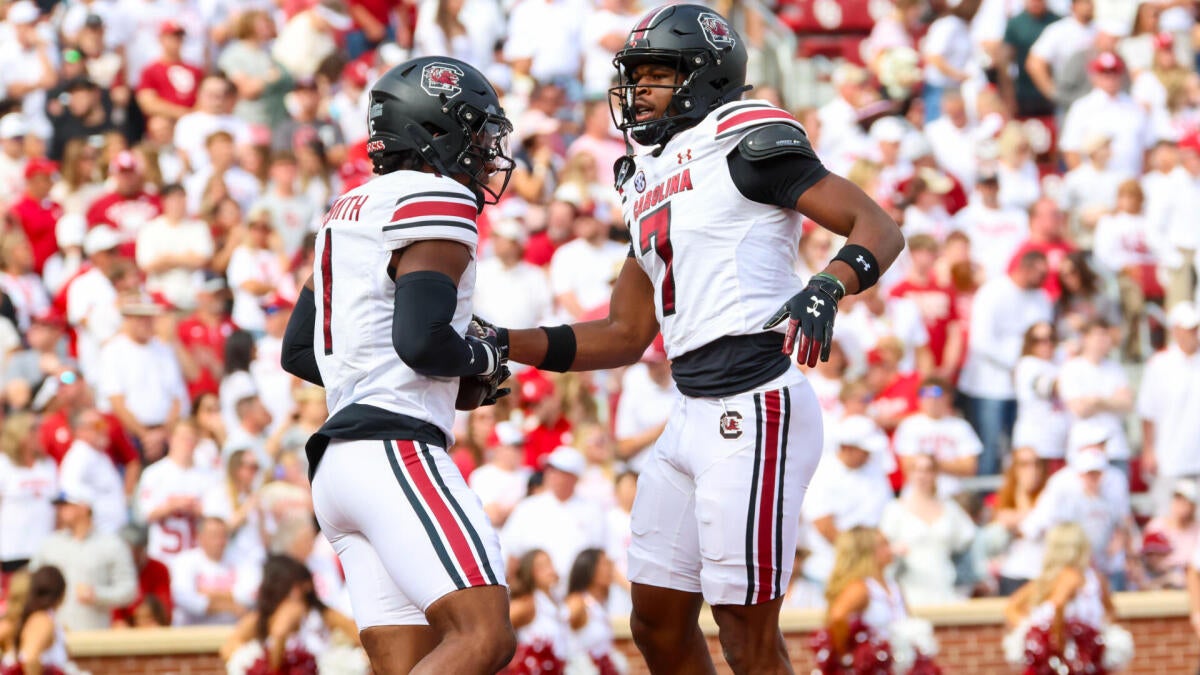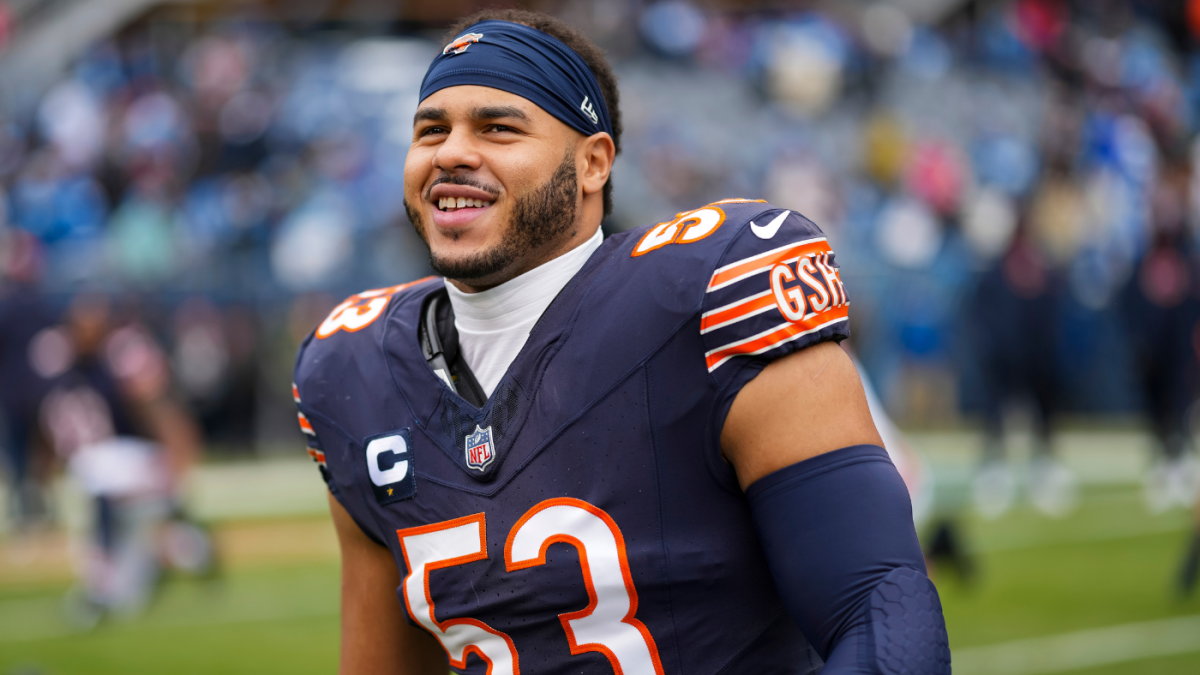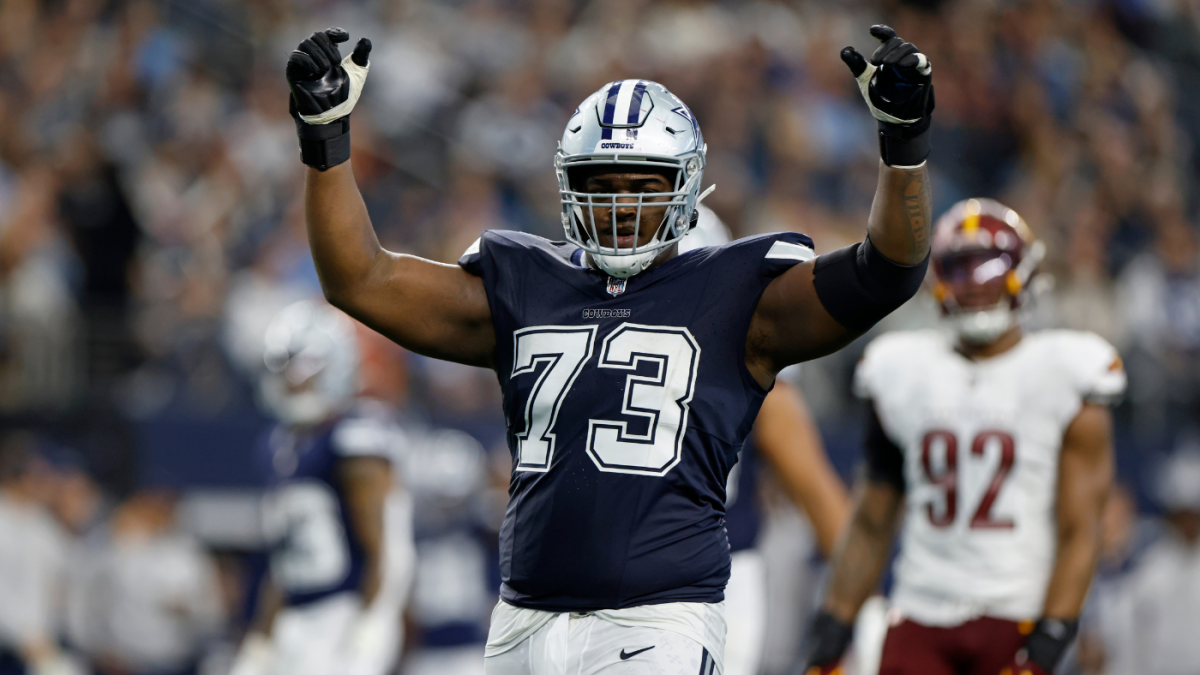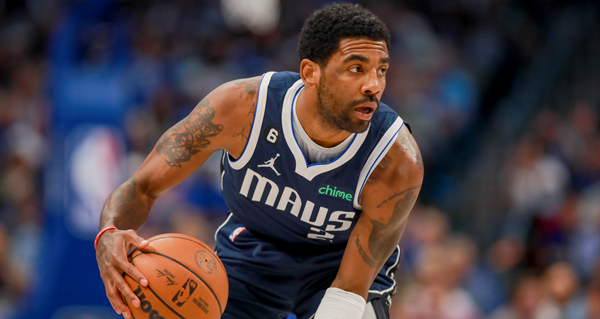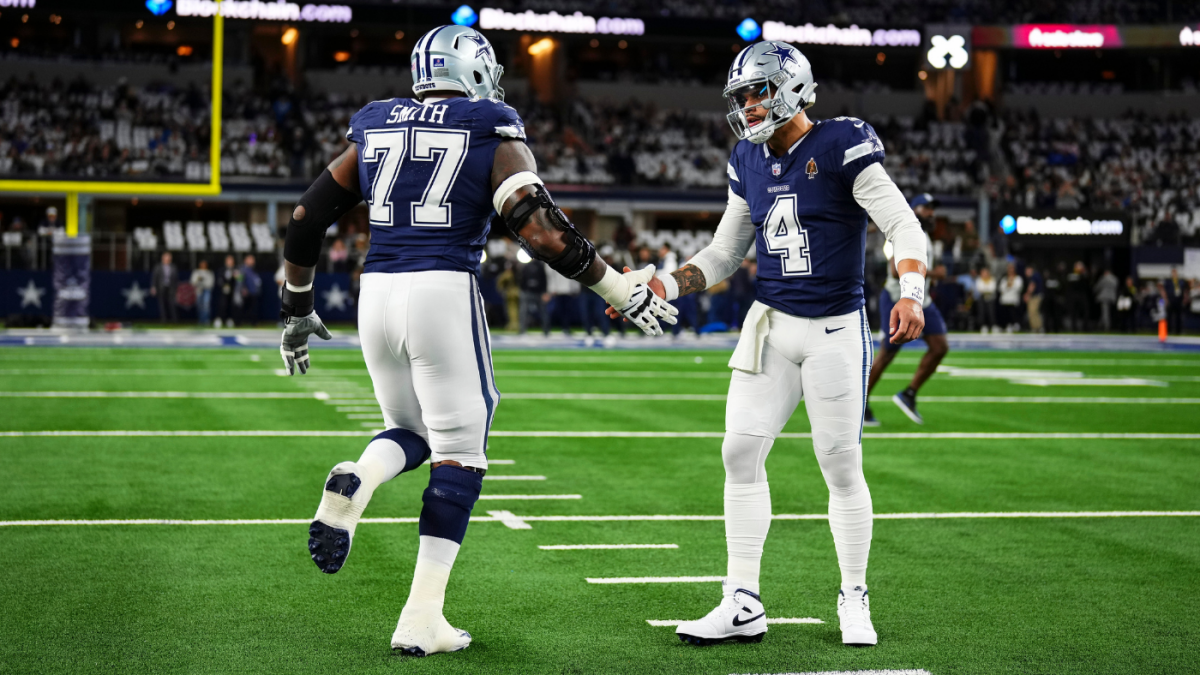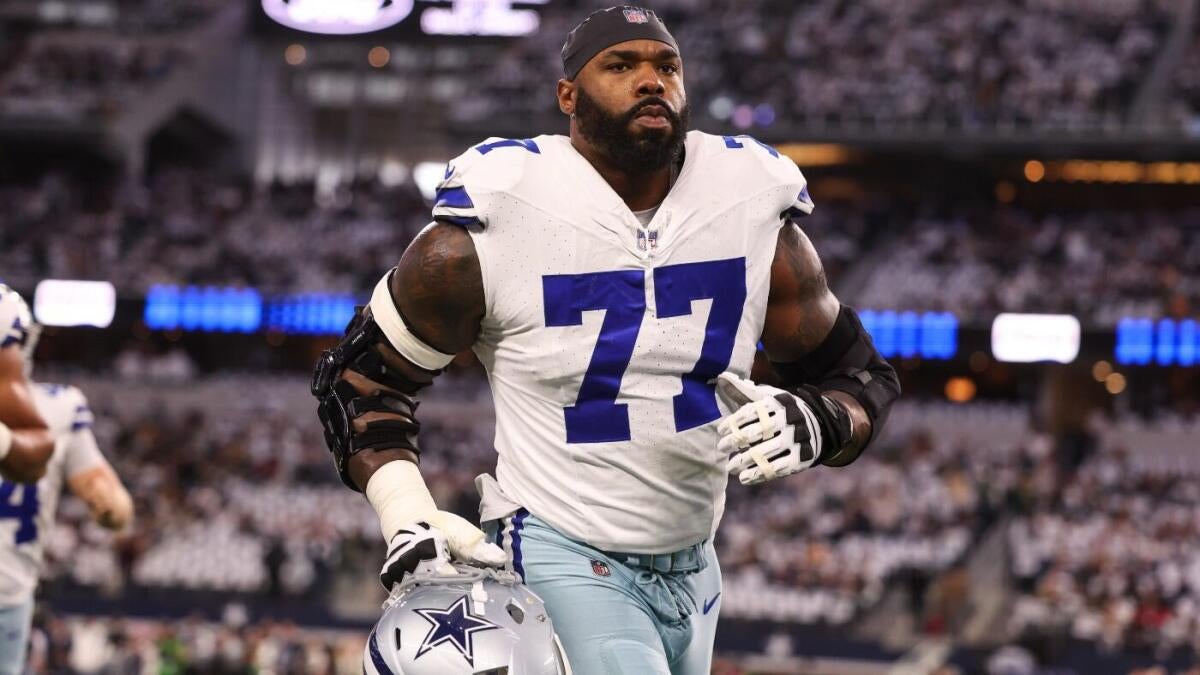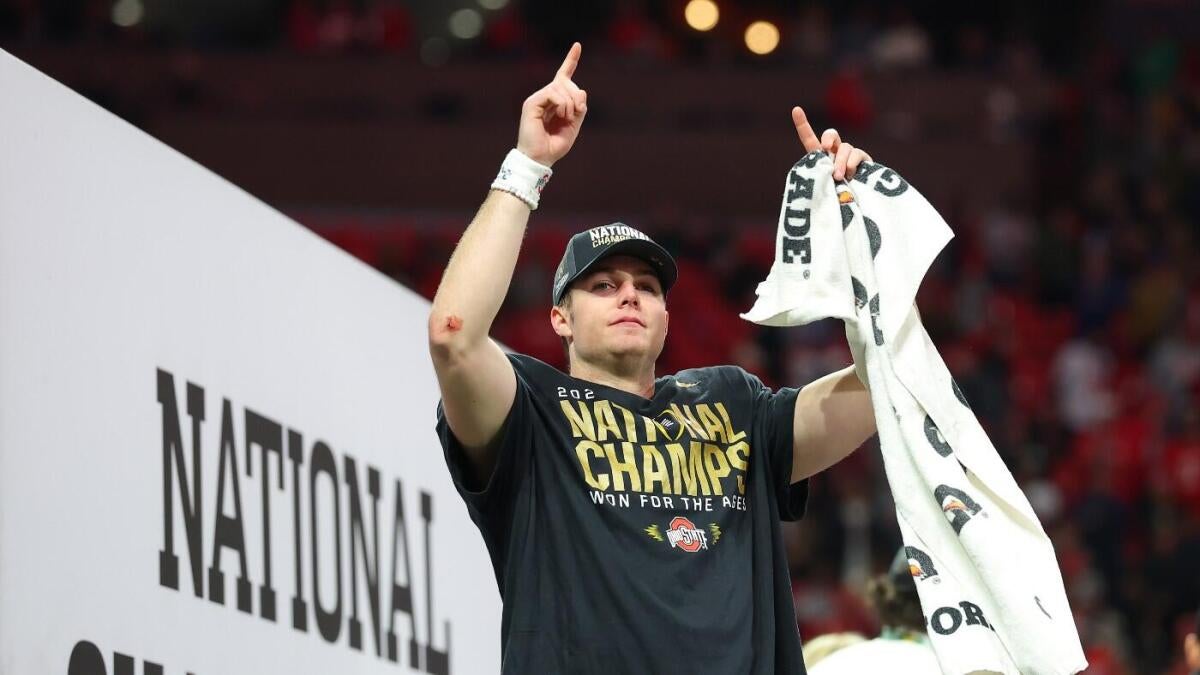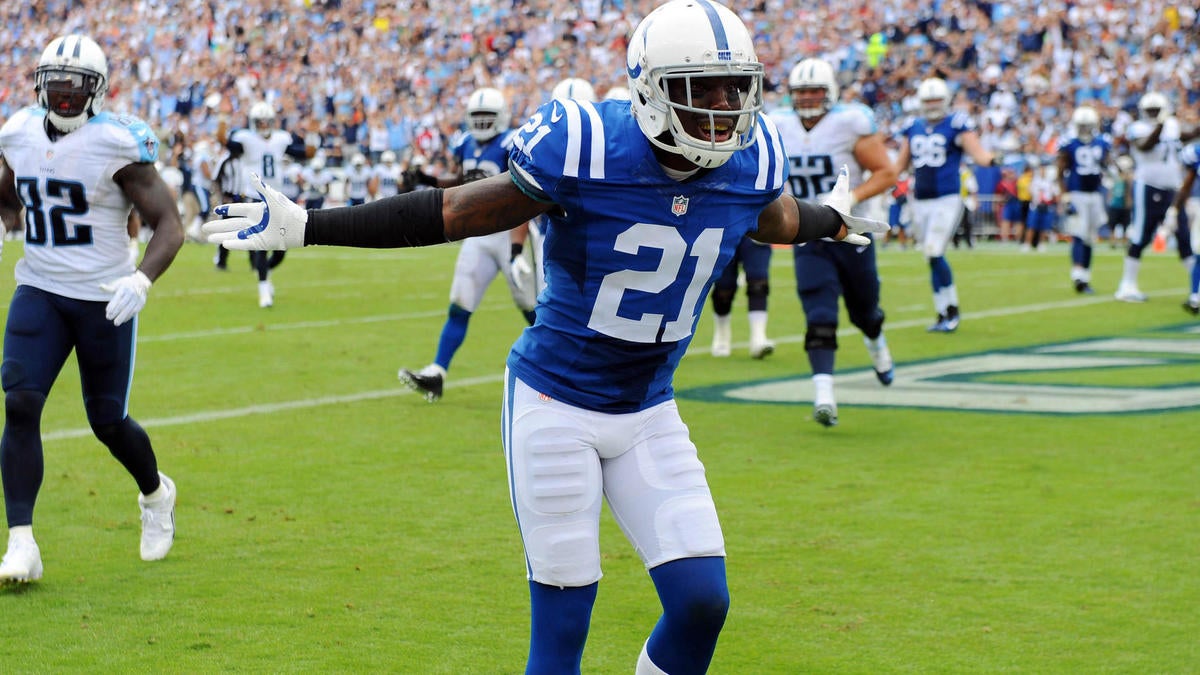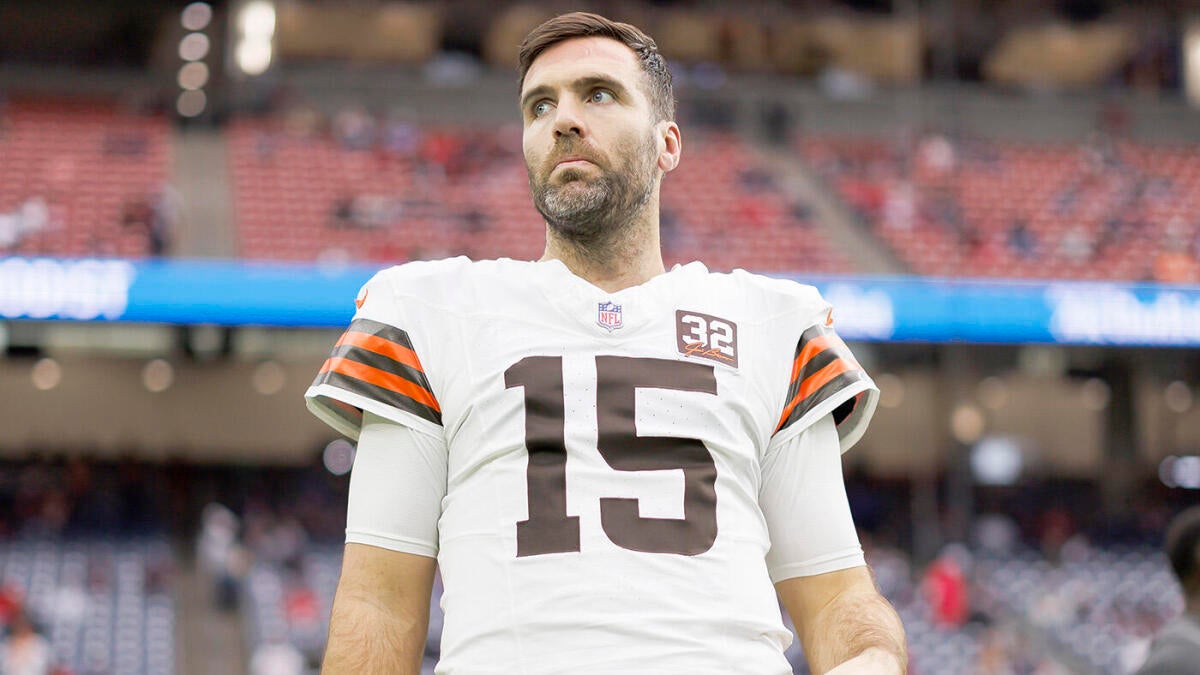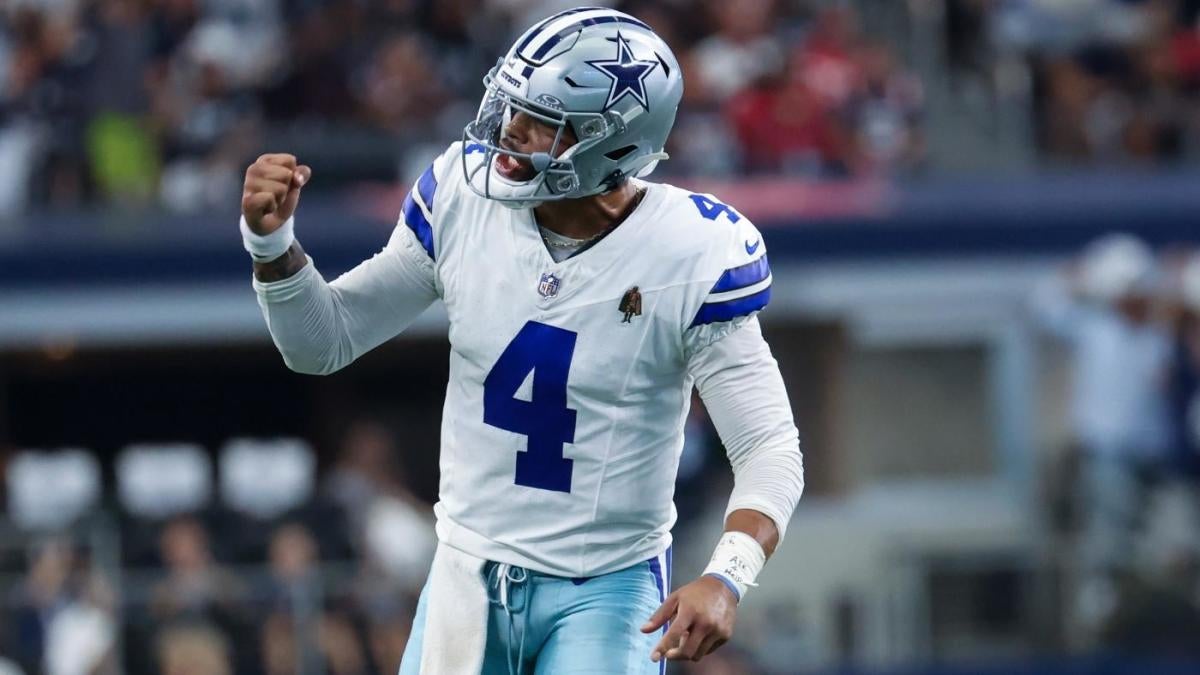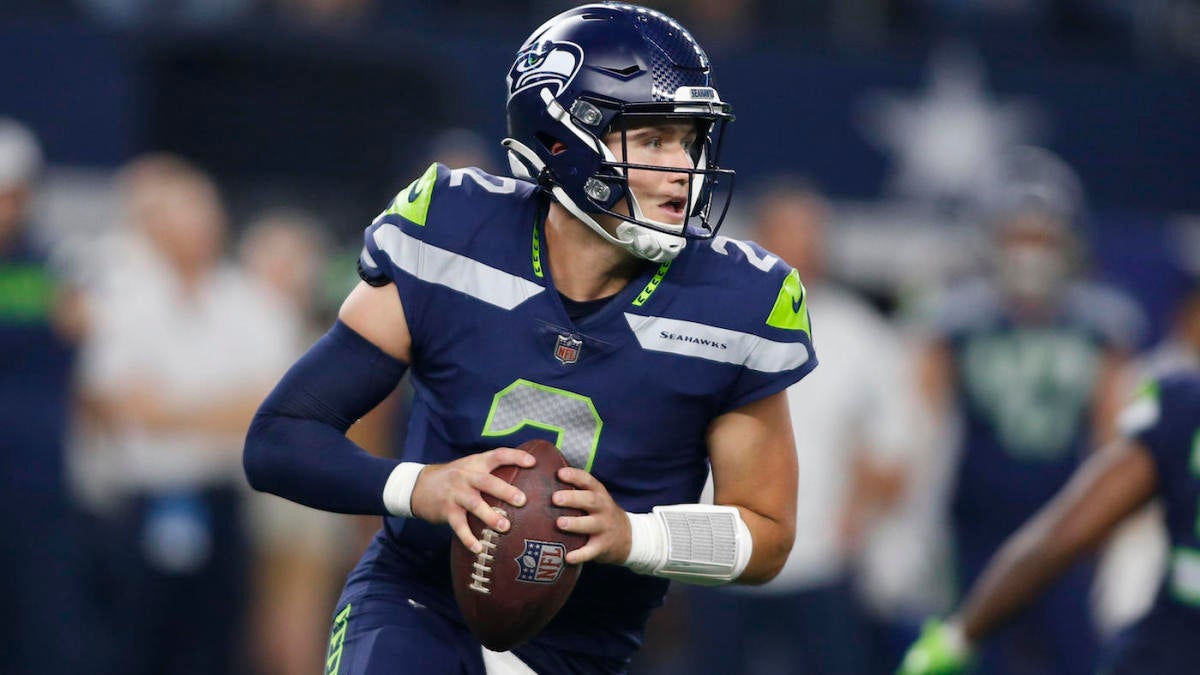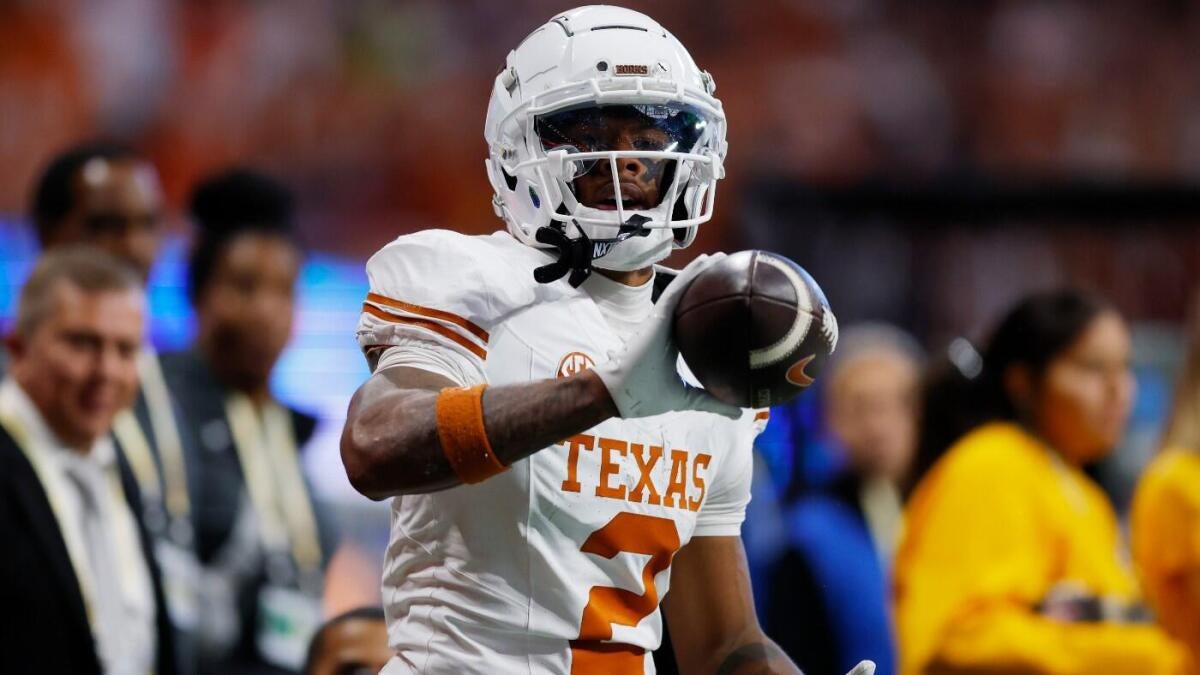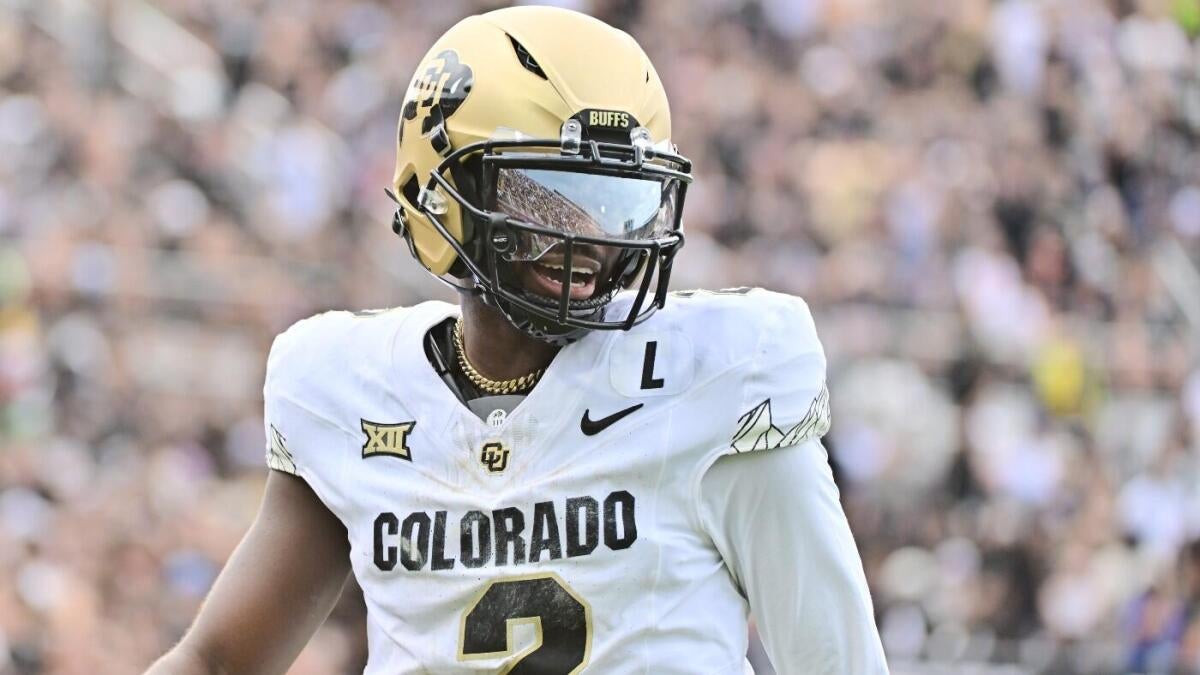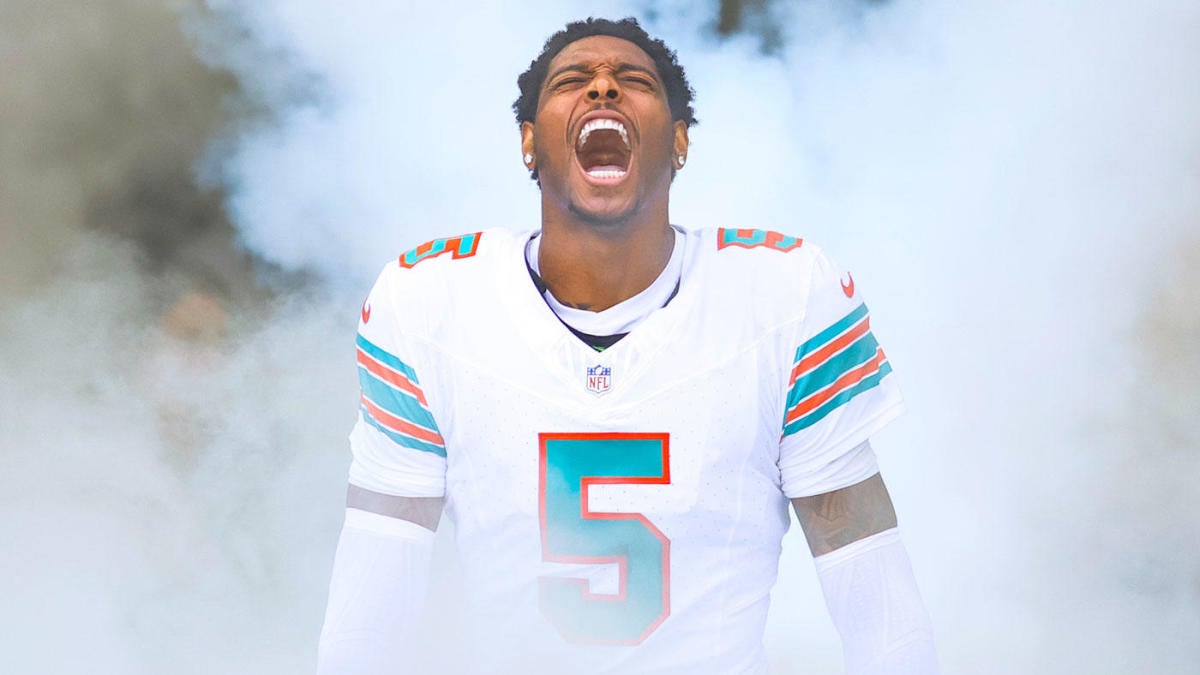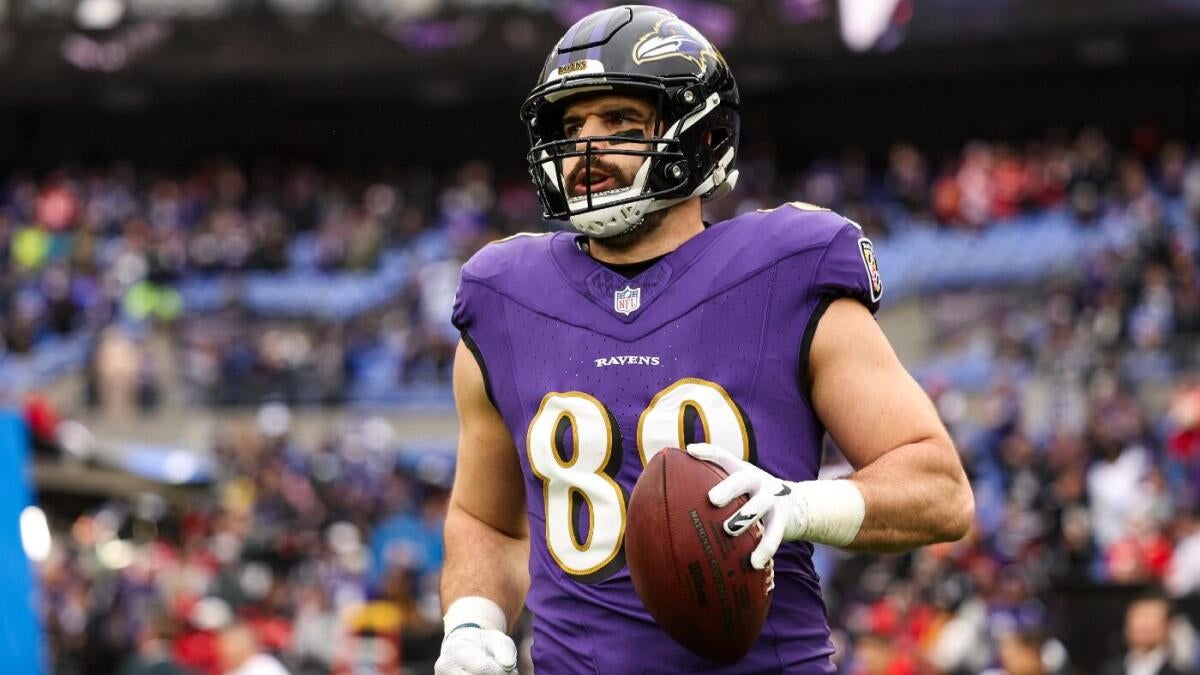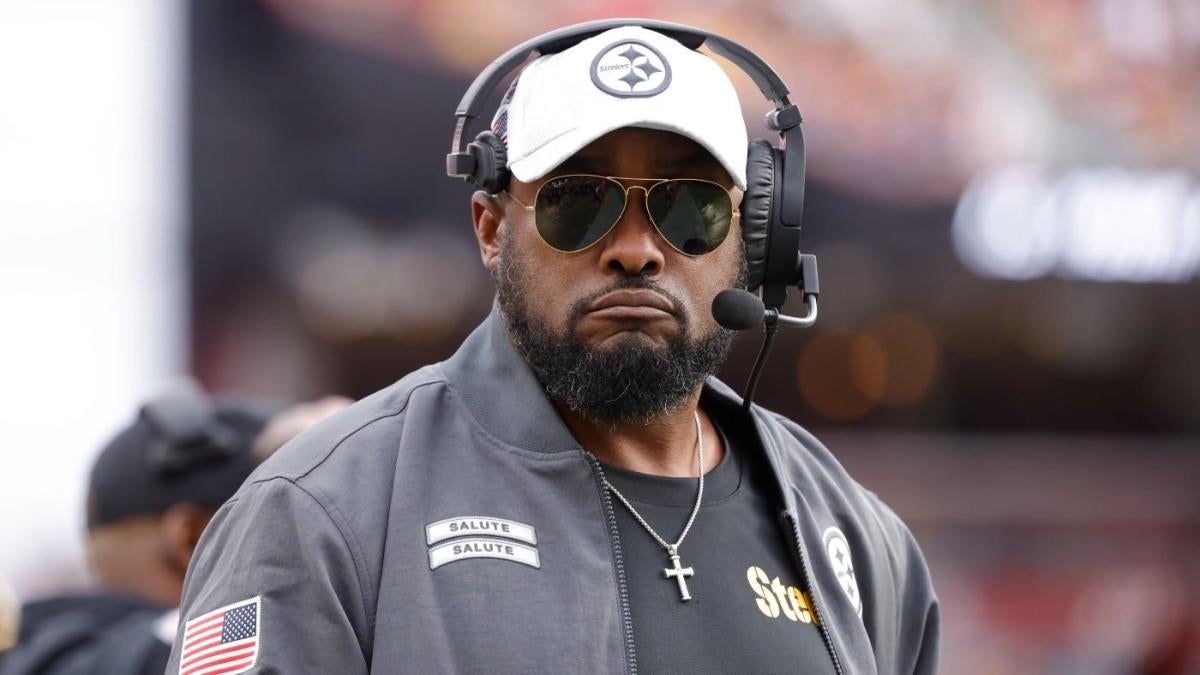
One of the most exciting aspects of Dunkest NBA Fantasy Basketball is the ability to create a private league where you can build your fantasy team through a draft (meaning that each NBA basketball player can only belong to one team of the private league).
The selection of players for each team should be decided by the participants (eg: an auction around a table, a call via Zoom, etc). At the end of the selection, one Draft Commissioner (the one who created the League) manually enters the players in each roster.The Draft Mode is the same as the Classic Mode, except for the following points:
- the registered team does not participate in the Classic Mode
- rosters are exclusive: each player can only be chosen by one team
- the only advantages that the user can buy are: Season Pass and No advertising
- it is not possible to purchase game advantages, such as Extra Credits or Wildcards
- trades do not generate any penalties in points
- trades can be opened and closed by the Commissioner only in the windows provided by the Dunkest schedule, which remains identical to the Classic Mode
- there’s a grandstand with 3 players’ slots: the players in that position will not obtain any score and during a Matchday they can’t be moved into the court
- there is no head coach
- the values of players do not change based on their performances
Discover how to set up a draft league, allocate your budget correctly, manage trades and free agents, and deal with the inactives: here’s the guide for the Dunkest NBA Fantasy Basketball Draft.
How to set up the Draft
Draft Creation
During the creation of the League, the Commissioner shall set the following parameters:
- League name
- Player selection mode: with or without credits
- Budget: available to each user to buy free agent or propose trades to other teams (it can also be 0). If the credit mode was chosen, it is necessary to establish a budget for the auction
- Competition mode: classic ranking or Head-to-Head (H2H) mode
After all participants have joined and the League has started, it will be possible to set the following, additional parameters:
- Starting Matchday: The Commissioner can choose whether to start the League the upcoming Matchday, or on a different Matchday;
- Trades deadlines: the Commissioner can choose whether to let the trades open automatically between one Dunkest Matchday and another, or maintain direct control and decide independently when to open and when to close the trades (always within the time window established by the Dunkest schedule and NEVER with a matchday in progress).
Types of Drafts
Keep in mind that Dunkest NBA Fantasy Basketball only allows you to insert the rosters, but the type of draft and how the bids are done is something that the users are free to do as they prefer and that the game does not manage.
Here are some ideas on how to do your Draft:
- Classic Draft: the most popular draft format. Participants take turns selecting players to start the draft, either following a free order or by position, and the highest bidder wins the call (e.g.: Jokic is called and a bid between participants assigns the player to the participant who bids more).
- Closed Envelope Draft: the dynamics in this situation are more random. Fantasy managers place the 12 names of the roster in sealed envelopes along with the credits they are willing to bid for them, without knowing the moves of other participants. When the envelopes are opened simultaneously, the participant who bid the most wins the player. However, be cautious with this type of draft, as you might end up bidding too much or too little, resulting in imbalanced rosters.
- Serpentine Draft: a very interesting and balanced choice that doesn’t require credits. Participants decide on a selection order (e.g., A-B-C) and call out the player they want for their roster. In this case, other managers cannot raise the bid, and the player is automatically assigned to A. Then, B takes their turn, and finally, C. At the end of the first round, instead of starting over with A, it will be C’s turn to call first, ensuring balance in player selection.
Number of Participants
You can decide how many people will participate. To ensure more balanced teams, it’s a good idea to have a draft with no fewer than six participants and a maximum of ten. Doing so, the rosters will be better balanced, and you won’t risk having dream teams against weaker ones.
Credits
The budget of credits available depends solely on the fantasy team managers’ preferences. A typical budget could be set at 500 credits, but increasing or decreasing this number can result in fair drafts.
It’s evident that the bids will be proportional to the available credits. So, in a draft with 250 credits, a top player like Nikola Jokic could be sold for 80, whereas in a draft with 500 credits, he might go up to 200 or more.
Extra Credits for the Free Agents Market
During the draft creation, there is the possibility to allocate (in addition to the roster creation credits) extra credits to be used during the season for the Free Agents market.
An example could be as follows: 500 credits for roster creation and an additional 200 credits to invest during the season to replace a player who is not meeting your expectations or to substitute an injured player.
How to manage the budget during the draft
One of the most important, if not the most important, aspects of creating your fantasy team in a draft with a limited budget is certainly managing the available budget.
In the Draft mode of Dunkest NBA Fantasy Basketball, the players chosen at the beginning of the season are unlikely to be traded quickly, so it becomes crucial to make the right choices from the start.
In the case of drafts with a fixed budget, the main question is: how do you divide the budget among positions?
While there is no precise answer, we have some tips and suggestions on how to allocate the budget.
Budget Division in Dunkest NBA Fantasy Basketball: Introduction
In Dunkest NBA Fantasy Basketball, the ideal principle is to create a well-rounded team without significant imbalances between positions. This is because only the six players who make up the starting lineup plus the sixth man will earn full points.
Budget Allocation by Position
Center Budget in Dunkest NBA Fantasy Basketball
It’s important to consider that statistically, centers are less prone to accumulating penalties (unlike forwards and guards) due to their position near the hoop and their tendency to have limited ball possession. For this reason, we encourage you to carefully consider your choices in this regard, aiming to prefer two high-level centers over one medium-tier center and a bench player.
Recommended Investment: 35% of the budget
Forward Budget in Dunkest NBA Fantasy Basketball
Forwards are a crucial position for team balance since they are positioned between guards and centers, offering unique EuroLeague Fantasy Challenge scoring opportunities. They can contribute various statistical categories to your game while also taking on the volume of shots and possessions that guards may have. Therefore, it’s common to see forwards leading the daily scoring charts.
Recommended Investment: 40% of the budget
Guard Budget in Dunkest NBA Fantasy Basketball
Guards are the trickiest position to approach due to the high number of possessions and shots they tend to take during a game, which comes with a greater risk of accumulating penalties. However, they should not be underestimated because a strong foundation in this position often makes a difference in the long run. Therefore, consider either strongly targeting one of the top three guards or selecting four mid-tier guards.
Recommended Investment: 25% of the budget
Trades
ree Agents are players who do not belong to any team participating in the League and can be acquired during the trades time window according to the following procedure:How to acquire a free agent:
- Select within your roster a player you wish to waive and among the Free Agents choose a player of the same position of the released player.
- If you have enough budget, decide how many credits to offer
- After confirming the offer, the offer will appear in the “Offer list” below the “Team” page and can be changed at any time.
- 3 hours before the Trades close, the participant who offered the highest bid will automatically see the new player appear in the roster in the same position as the one substituted. The traded player will be placed in the free agent list and therefore will be available starting from the next trades time window.
- When the trade fails, the credits offered are credited back and the waived player will remain on the team.
Special cases:
- In the event of a tie, the auction is won by the player ranking the lowest in the League ranking.
- In the event of multiple offers made by always cutting the same player, if all the offers are successful, the system will attribute to the user the player whose offer was made first in chronological order.
Players Exchanges
It is also possible to offer a trade with a player belonging to another League participant. The rules are the same as for the Free Agent trades, with the difference that it will not be necessary to wait until the end of the market time window to make the trade. The participant may decide at any time whether to accept or reject the offer received.
How to Manage the Inactives
The roster of your Fantasy Draft team will consist of 13 players, whom you will need to deploy among: starters (5), substitutes (5), and the Inactives (one per position). The THREE PLAYERS placed on the Inactives will remain inactive and will receive a score of 0 fantasy points.
How the Inactives Work
There will be three Inactives spots, one for each position: this choice allows you to have the opportunity to cover any last-minute injuries or absences across all positions without having to overhaul your team but by directly utilizing your bench.
Unlike the substitutes’ bench, which awards half points in the Round, the Inactives do not get any points. It’s just a position that allows you to keep the players on your team but without the possibility of scoring points in a specific Round.
Furthermore, once the Dunkest NBA Fantasy Basketball Round begins, players on the Inactives cannot be inserted into the roster. After the Round concludes, these players will become available again and can replace some elements of your team.
Why the Inactives are Important
Having three spots on the Inactives allows you to better manage unexpected and negative circumstances. For instance, in case of injuries or unfavorable scheduling, you won’t necessarily have to drop the player (whom you might have invested heavily in during the auction) but can simply move them to the Inactives spot.
Structuring the Inactives
As mentioned, there are no predefined positions, but some are certainly more useful than others.
For example, in a traditional lineup, there are only two centers. Having a third center ready to step in in case of injury or rotation can be excellent to avoid losing points and, consequently, games.
For the other two spots, it’s advisable to look at the starting lineup and determine where it might be useful to have a luxury reserve. Many top players face rotation for load management, so if you acquire one of them, it’s always good to have a reliable substitute.
Is everything clear?
Do you have any other doubts? Write us on our Contact Page and we will be happy to add them to this guide!
Go to Source
Author: Team Dunkest
October 7, 2023 | 12:01 pm



